Tiger Electronic Games
For Video Game Amino's #HandheldWeekend. The AVGN references are strong with this one.
Since everyone is speaking of handhelds so far in mostly a positive aspect, let’s talk about some handhelds that were an absolute atrocity.
Tiger Games… the rock bottom of the entire video game industry. During the 90s, Tiger Games became increasingly popular due to the novelty of having a portable video game on the go. The GameBoy was expensive and used up more batteries, but it was much closer to a mobile NES game. Tiger didn’t care about quality. Everyone had one of these handhelds! At school, kids would pass them around and try each other’s games out. Tiger had formed a cash cow over these games due to their concept. They were cheaper than the Gameboy, and only needed two batteries to play.
That doesn’t mean the games were any good. Oh no, definitely not. The craving of a handheld game is what the kids really wanted, and their craving was answered via these games.
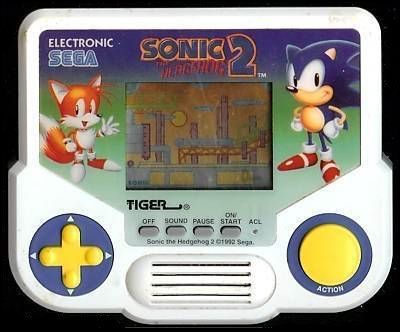
So here’s how they worked. The background was a static printed image that changed depending on which game it was. In front of it, a bunch of sprites were put on the screen. All of them were faded out, and would light up during gameplay to give the illusion that you were actually getting somewhere.
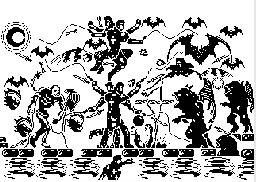
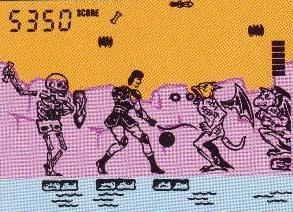
This Tiger got it’s claws on everything, though. With the money coming in from these games, Tiger went on to produce even more of them. Eventually, they even got the holds on several franchises - like Mega Man or Street Fighter. Almost anything could be turned into a Tiger Handheld Game. Even Full House had it’s own game.
Mega Man uses a gun in his Tiger Game. Yeah. Mega Man with a gun. It was possible for him to run out of ammo as well. That’s no fun, right?
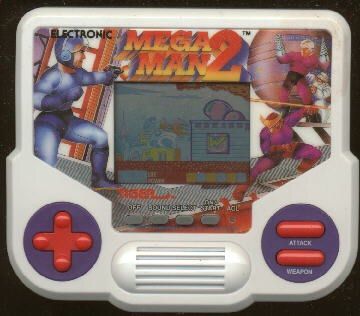
Here’s Street Fighter…
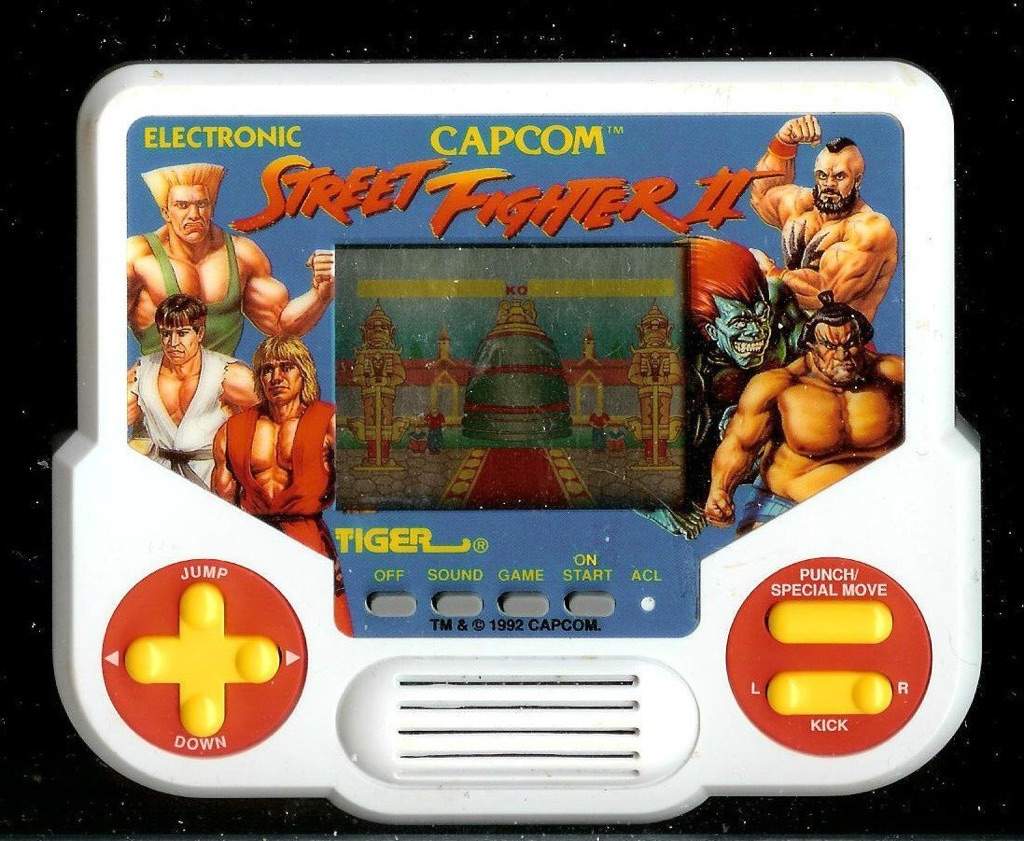
It gets worse, trust me. Tiger Wrist Games. Yeah, totally. You’d be awesome walking around with a portable wrist game. The screen’s even smaller, of course, but the games aren’t much different. They’re still pretty bad in quality. Granted, it was cool with the kids then. Games on the go? Awesome!
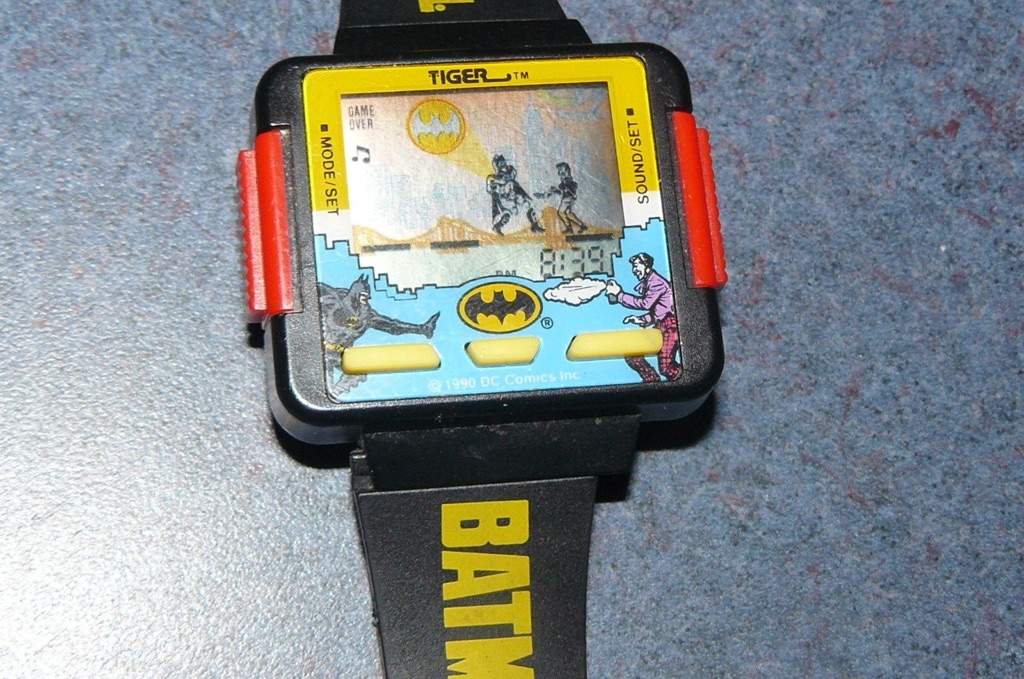
Talk about desperate… Why bother? You could barely get any entertainment from one of these.
It was all about the money, though, and people kept eating up what Tiger produced. Despite the success, Tiger didn’t seem satisfied. Their first attempt to create a cartridge-based handheld system came in January 1995, with the R-Zone.
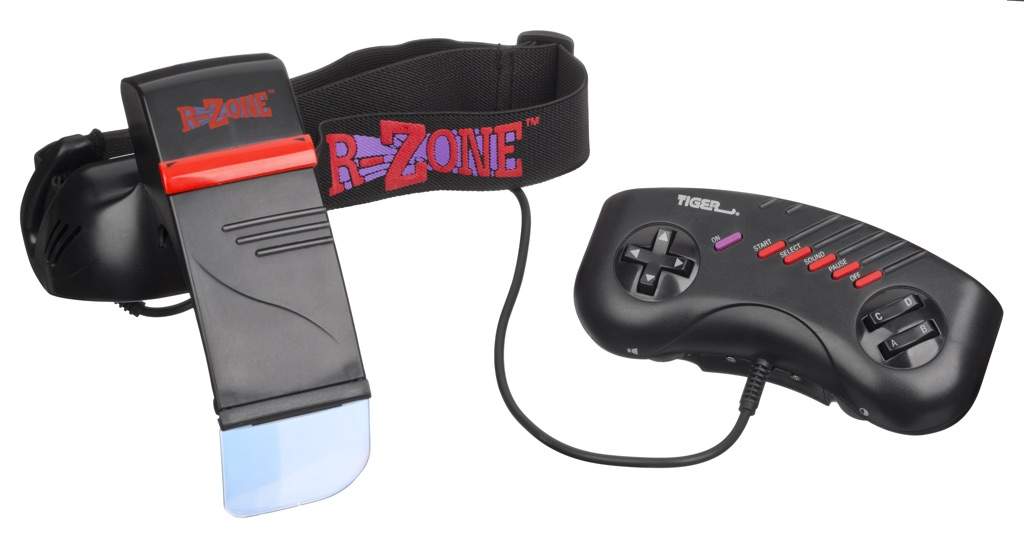
The R-Zone is basically an even worse version of the Virtual Boy. As if the Virtual Boy wasn’t enough of a failure, huh? The R-Zone had a headstrap, at least. You would strap it on and then insert a cartridge into it. The device projected the game onto a piece of glass that you stared at in order to play - using LCD technology. This was portable, of course...but would you really want to walk around with one of those? By the way, the games aren’t any different here either. The games did not progress from the handhelds whatsoever.
Needless to say, the R-Zone flopped. That’s what they get for trying to copy Nintendo. The Virtual Boy and R-Zone came out the same year. Too much of a coincidence. Tiger must have assumed that red and black games were the key to success. Bad move, huh?
They didn’t stop at the R-Zone, though. In total, three different models of the R-Zone released during it’s lifespan, although they all received around the same amount of success. Tiger kept pushing for an entrance into the cartridge-based systems, though. Soon, Tiger released a “competitor” to the GameBoy - the Game.com.
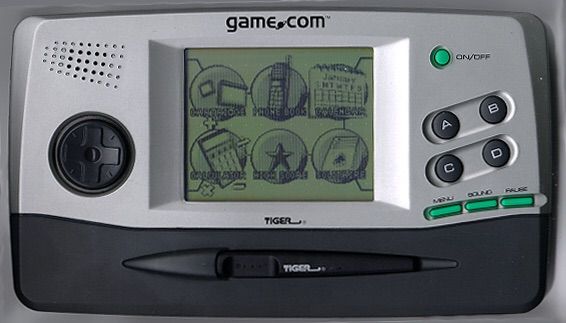
Even though it’s name is spelled “Game.com,” it’s actually called the “Gamecom.” When you turn the system on, a voice announces it for you - just in case you needed reassuring is all. A lot of the games were just ports, like Mortal Kombat Trilogy or Duke Nukem 3D.
The Gamecom was also the first touch-screen device, featuring a stylus and PDA-like features. It had simple things like a calendar and a calculator. The device was also able to read your email via a phone jack port… Which means you couldn’t leave the house anyway, since it needed to be hooked up to a modem. Why not just use a computer?! The Gamecom’s browser was supposed to be used to access online leaderboards and things of the sort. With the internet capabilities as a main selling point, the Gamecom did poorly.
Tiger later released a smaller version called the Game.com Pocket Pro. It didn’t last long, though. In 2000, Tiger pulled the plug on their bold console experiment, pulling out of the games market entirely. They move on to produce toys instead, which are aimed at children. An emulator for the Game.com was released back in 2011.
Well, there’s Tiger Electronics. All for #HandheldWeekend. Now even though I talked bad about it, they are a part of many people’s childhoods. I even remember having a few Tiger games. That doesn’t mean that the games were good, but we appreciate the joy they gave kids in the time they were popular… and realize that they sucked.
No comments:
Post a Comment